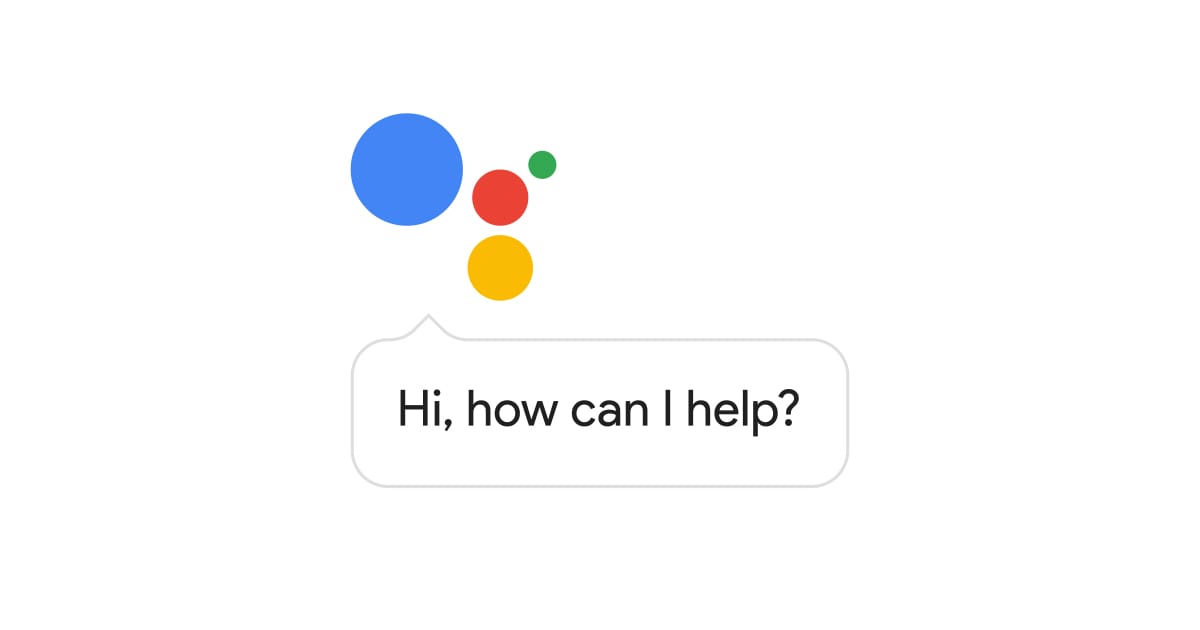It is anticipated that by 2020, more than 50% of the searches will be powered by voice
Amazon Echo, Google Home, and Apple HomePod are few of the many voice-controlled devices that stormed the market. Recently, due to the evolution of technology in tandem with the emergence of new ways of storing and processing data such as cloud computing, GPU acceleration, voice-enabled AI assistants have become very prevalent.
Now some of you must be wondering what exactly voice-enabled assistants are? Well, think of these assistants as your personal helpers who have the ability to answer your questions by speaking. You can ask them about anything, for instance, your schedule of the day, weather report or you can even ask them to book a cab for you. Interesting, right? But it doesn’t end here. You can also ask them to look up public databases for you. And if they are unable to address your query, they will forward it to Google or some other search engine.
Another amazing thing about voice-enabled assistants is that they learn from their interactions. They deploy a complex machine learning system that enables them to easily interact with the people and learn about their traits from those conversations.
This fantastic technology is being featured on a lot of devices nowadays. It is inspiring mobile app experts to bring forth innovative ideas and entice their users.
However, a big steeplechase faced by the developers is developing a robust user interface design for these voice-enabled assistants. Generally, the iPhone or Android mobile app developers are used to creating apps for mobile interfaces where the user interacts with the app through the screen, thus all the focus is on creating a striking visual design. But with voice assistants, the scenario is totally different. Unlike mobile interfaces, there is no screen to display the output. All the results are provided via voice, where the assistant can only speak a few words in a minute, thus limiting the quantity of output.
What is Voice User Interfaces?
In case of a graphical user interface, we make use of a touchscreen, a mouse or a keyboard. Similarly, in case of a voice user interface, the system responds to voice commands and answers back by either replying or showing a visual response.
Important Guidelines for Designing Voice User Interfaces
-
Express Yourself Unambiguously
The way we interact with the people around us is very different from the way we interact with a chatbot. People are equipped with rotary sensors such as eyes, nose, ears and they can easily apprehend the context of a conversation. And, they expect the same from a device, and when they don’t get the desired results, they feel annoyed and abandon the device.
You need to understand that devices do not work like this. You need to express yourself explicitly and unambiguously for the device to understand and answer your query.
-
It is all about Interaction
Yes, interaction is the key. It is important to make the users feel that they are not simply interacting with an uncaring battery-powered machine, but with a lively chatbot that can well respond to their needs. Amazon has definitely taken the lead in this case by using a shrewd technology in its assistant that replies in a smart way whenever the user asks something that Alexa, Amazon’s voice-assistant, doesn’t know about.
-
Offer Visual Feedback
While designing an efficient voice user interface designs, it is important to make sure that the users get a feedback. For instance, if a user asks something from the voice assistant and it remains silent, it will give an impression of ignorance to the user and he might feel offended. Therefore, adding some kind of cue to the app is certainly a better idea for making the user realize that he is being listened.
-
Limit Information Display
Before you get down to designing your voice user interface, it is always better to know who your target users are. Also, you need to consider the designing empathy in order to render a delightful user experience. For instance, if your voice assistant is asked something that includes a lot of numbers to be told at once, it should begin at a slow pace.
Another thing to be kept in mind is that if the voice assistant is asked something it doesn’t know, it should not show an error message. Instead, it can come up with an answer like “Oops, I am still working on that”, which will help the user understand that the bot doesn’t know the answer but it still trying to interact.
-
Set Realistic User Expectations
Well, guiding the users about the various discussions or commands they can give to the voice assistant is certainly a good idea to help the users get started. You can add an introductory video where the users can know about the simple close-ended questions they can ask the bots, for example:
Which is the nearest restaurant?
Wake me up at 7 AM today
Additionally, you should allow the users to easily exit from a functionality by specifying “Exit” as one of the prominent options.
Conclusion
Well, the technology behind the concept of voice assistants is still in its infancy. While the human interactions are context-bound, interactions with a bot are not, and therefore, the users must be optimally guided as to how to express what they want the chatbot to understand.
Right now, the technology poses some serious challenges; nevertheless, it is only fair to say that this mode is predicted to become much more prevalent as more aspects of our everyday life will demand voice-controlled interaction. So, now is the time to get your hands on this technology and add value to the lives of your users.




